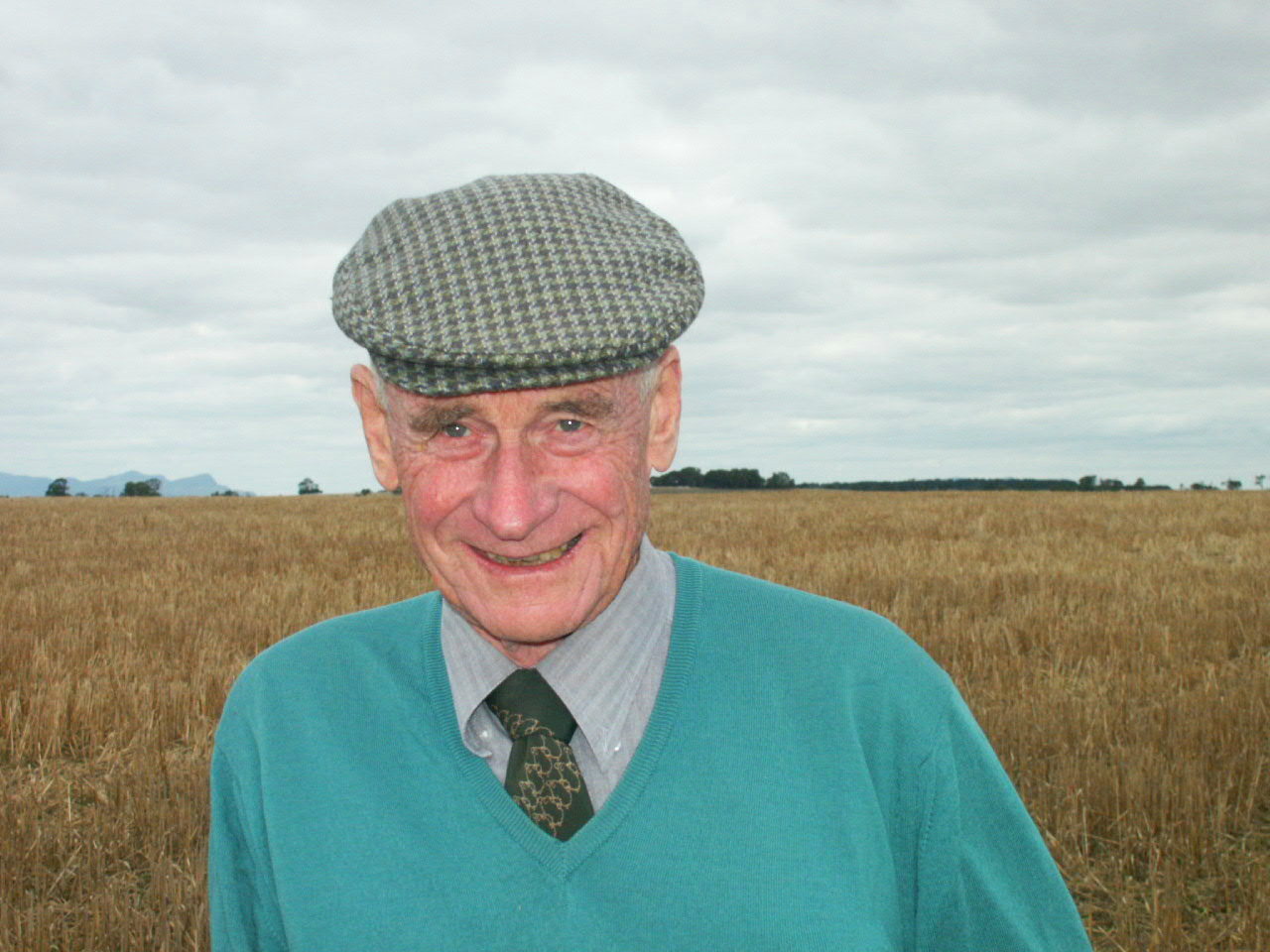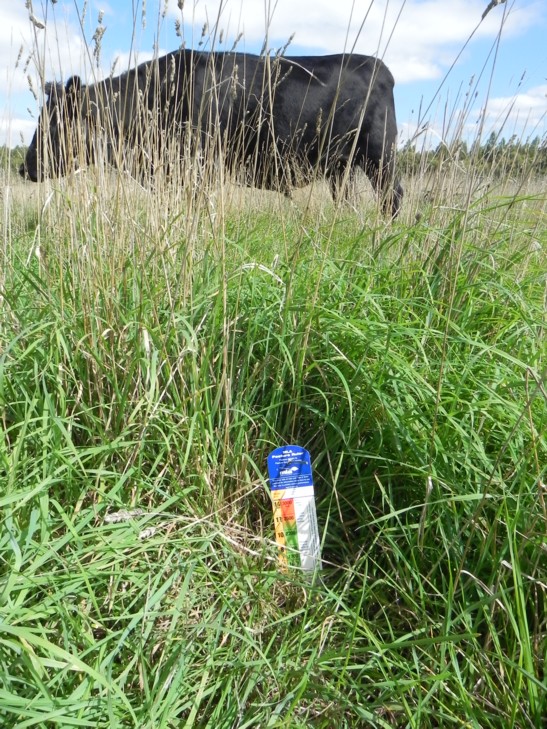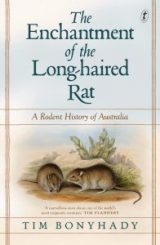Murray Elliott chronicles Merino breeding’s enlightenment

By Patrick Francis
Those involved in Merino sheep breeding, wool processing and marketing wool to consumers in the era from 1970 to 2000 have experienced what is undoubtedly the most tumultuous changes in the fabric’s long history. From the privileged position of an agricultural journalist and editor of Australian Farm Journal I witnessed this era and was able to write articles or engage professionals within the industry to do so. One of these columnists was sheep classer and former Victorian Department of Agriculture sheep extension officer Murray Elliott. Over a number of years Elliott wrote about a wide range of subjects to help Merino sheep breeders understand the skin science and genetic trait inheritance behind classing Merinos for elite wool production.
For years Elliott talked about consolidating all his knowledge and decades of experience working with stud and commercial Merino breeders, sheep breeding groups, quantitative geneticists and skin scientists, into a book. In August 2018 the consolidation turned into reality when at Hamilton Sheepvention, stud Merino breeder Philip Toland launched “Merino Sheep Breeding”.

At first glance it might be considered another text book on the subject, but it is much more than that, it makes an important contribution about the history of the tumultuous era. Elliott was right in the middle of a tug of war for commercial Merino breeders minds between traditional stud breeders, wool brokers advocating for their clients studs, quantitative geneticists who had emerged under a single minded leader Dr Helen Newton-Turner, and a handful of CSIRO skin scientists like Carter, Lax, Nay, Jackson and Ferguson, who were discovering the biology behind the skin and fibre characteristics of elite Merino wool.
Elliott was walking a tight rope that in my view only one other wool scientist Dr Jim Watts of SRS Genetics fame has been able to negotiate by successfully participating in classing stud Merinos and describing why each animal is selected.
“Merino Sheep Breeding” does have a text book component and rightly so but even here it has a unique flavour to it. This is the way Elliott regularly includes real-flock examples which he has seen to demonstrate animal husbandry and genetic selection. For example on the subject sheep bonding he says: “Lambs reared as poddies, …can be used to lead other sheep as required. The family of Gordon Toland at Omeo, Victoria, led the various mobs to the saleyards over five kilometres away, with each mob following the pet lambs led by the children.”
On the subject of favouring sires that are below average in fibre diameter he says (page 56): “From 1993 a comparison was made of the mean fibre diameter of three daughter studs of a stud co-owned by P & M Toland. Steve Crawford, Flinders Island purchased the highest fibre diameter rams; Richard Weatherly purchased the around average fibre diameter rams; while Robert Brown purchased only finer than average rams. After 12 years all three studs had the same fibre diameter as the parent studs at 19 microns. Since then the fibre diameters of the first two have continued to fall, whereas in the third case the average has remained the same.”
Another feature of Elliott’s writing relates to his evaluation of government initiatives in sheep breeding from the 1950’s. Elliott himself was one of only two graduate extension officers chosen for post-graduate training under quantitative geneticists Helen Newton Turner, Fred Morley and Arthur Dunlop, who completed their careers in sheep breeding extension. Despite being trained in quantitative genetics theory Elliott saw its short comings for Merino sheep and describes why. It is complex story and highlights why Merino sheep breeding is the most difficult of all domestic livestock species to achieve positive outcomes for profitability, elite product and marketability.
Elliott says: “Over the last two hundred years or so, it has become widely accepted by breeders and scientists alike, that fine wool sheep are smaller and cut less wool than the broader Merino type. The acceptance of this myth tends to perpetuate it, so that it is unlikely to be challenged. The perception about fine wool sheep being small, light cutting, and with a high crimp frequency and short staple, have been so ingrained that wool producers are generally polarized into two groups; those that consider themselves to be fine wool producers, and those whose broader wool sheep are just as fine, but much more productive.”
Sheep nutrition emphasised
One of the important and often less emphasised issues associated with Merino sheep breeding is the impact of environment, in particular nutrition on outcomes. Merino sheep farming has been a financially successful business across Australia’s pastoral zones since first settlement because of the Merino’s ability to breed and survive in a highly variable nutritional environment. While some large Merino flocks are still farmed in pastoral native vegetation environments, most commercial and stud Merino flocks are based in the agricultural zones where pasture species and availability is closely managed.
Elliott highlights the importance in Merino breeding of recognising and catering for livestock nutrition.
“Artificial selection does not take over from natural selection…. Mother Nature controls the evolutionary process, and it behoves the sheep breeder to work hand in hand with her,” he writes.
Furthermore he notes advice from geneticists Rolf Beilharz, “Where genetic improvement in economic fitness is possible following an improvement in the environment, we should determine whether the extra returns from higher production are greater than the extra costs incurred in making the necessary environmental improvements. In many outdoor environments based on pastures, it may not be economic to improve the environment. Reducing stocking rates then becomes an option.”
Elliott highlighted the pitfalls of increasing stocking rates to utilise a higher percentage of pasture.
“The overall percentage of lambs reared to replacement stage is substantially diminished. In other words to avoid wasting paddock feed involves wasting the genetic potential of the ewes in reproductive performance and wool production. Furthermore subjecting the lambs to high grazing pressure reduced the development of the secondary follicles, especially the derived secondary follicles, resulting in their adult wool production being higher in fibre diameter, with a reduction in tensile strength and total wool cut,” he writes.
Such advice is even more relevant in an era of climate change where seasonal rainfall is becoming more variable and consequently having greater impact on plant availability and resilience. Livestock farming has also entered the era of environmental and animal welfare responsibility which behoves farmers to be accountable to consumers and the public irrespective of seasonal conditions.
An omission
If there is an omission in “Merino Sheep Breeding” coverage it is the relationship between breeding and selection programs and meeting specific requirements for different apparel and knitwear markets. The Merino wool industry in Australia has changed dramatically as a result of:
* The dramatic decline in Australia sheep flock since 1990 and especially Merino ewe numbers to a 100 year low of approximately 30 million.
* The impacts of Chinese wool buyers purchasing around 80% of the annual Merino wool clip.
* The impact of animal welfare and environmental stewardship on consumer consciousness and subsequently Merino wool demand. Being a natural fibre is positive market signal but mulesing and lamb deaths are negative signals.
* The impacts of Merino wool buyers adopting quality assurance programs from workplace safety and amenity in shearing sheds, to private and global programs such as SustainAWool, NewMerino®, Responsible Wool Standard, EU Ecolabel.
The points above impact Merino farmers breeding and selection programs because they differentiate commodity wool from market specific wool. Despite the fact that most Australian wool is sold at auction buyers are becoming increasingly selective around types, traceability, reliability and credible quality assurance associated with each lot purchased. With wool part of the luxury end of the clothing market either as apparel or knitwear buyers won’t consider product that has uncertainties surrounding it either in processing performance or quality assurances. Profitable Merino breeding will take these issues into considerations to optimise market opportunities.
Recommended reading
Despite this omission “Merino Sheep Breeding” is recommended reading for all young people currently working on Merino sheep farms or looking to make a career in the sector. As well, with chapters covering sheep behaviour, reproduction, animal husbandry and genetic theory anyone involved in sheep farming would benefit from reading at least some of the book.
Elliott’s writing style is easy to read and is regularly enhanced with some fascinating quotes from historical figures involved in sheep breeding in Europe. The reproduction of data using graphs and tables from wether trials and Merino selection flocks assists the reader to interpret the impacts of genetic selection programs.
Finally, “Merino Sheep Breeding” provides the Australian wool industry with a classic perspective over 50 years of programs that worked to its advantage or failed. It’s a story that had to be told and few if any other players could write it as well as Elliott who was involved throughout the period and had the knowledge and passion to influence change in an industry bogged down by tradition and protectionism.
Two quotes close to the end of the book highlight the era involved:
“Through this closed pyramidal structure (24 parent studs in 1950), the destiny of the Australian sheep industry remained in the hands of the stud hierarchy. The closed system of registered studs controlled the advent of new studs to the industry, since a stud could only be registered if it started with registered rams and ewes. The establishment rarely parted with any stud ewes of quality, particularly if the intending new comer was assessed as being smart enough to threaten the established stud’s ram sales. The clientele of established studs was very strongly held through family tradition, where commercial breeders were proud to say they had been buying rams from the same stud for up to sixty years or so. Stock firms, especially the wool brokers, held an overwhelming influence over producers in their choice of studs, through their acting as commission agents to the sale of rams from these studs only.”
“Since this trial was conducted (Wether production trial Pastoral and Veterinary Research Institute Hamilton Vic, 1982 – 86), the distinct strain structure of the Australian sheep industry has all but been obliterated as many infusions have been made into established strains to improve wool and carcase qualities. The advent of artificial insemination, embryo transfer and ready availability of semen have speeded these changes. It remains to be seen whether new fixed strains emerge to deliver their prepotency of breeding, or will further introductions of the hit and miss variety continue to be made in the expectation of continued success?”
Find out more: “Merino Sheep Breeding” is published by Murray Elliott, Hamilton Victoria. For a copy contact: murrayelliott@netspace.net.au


